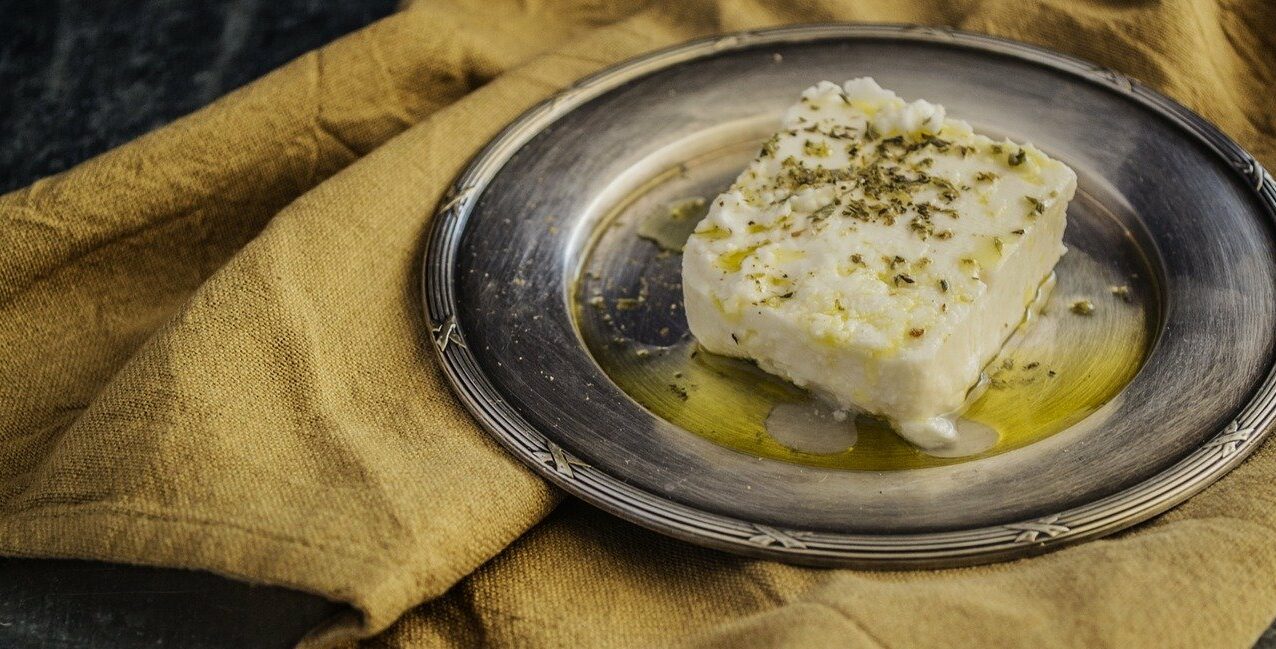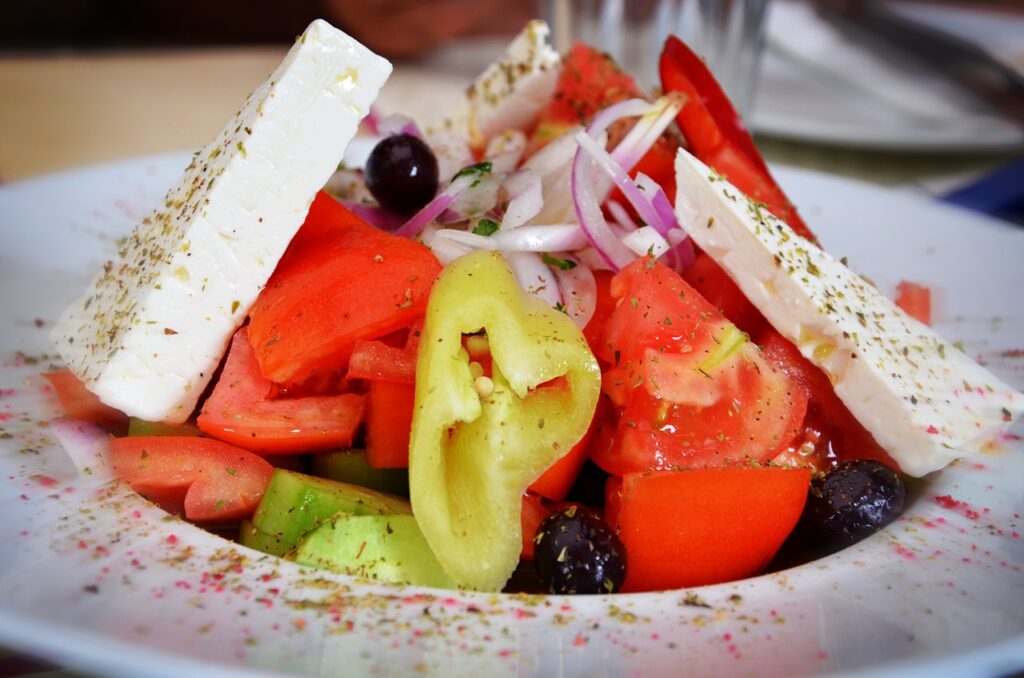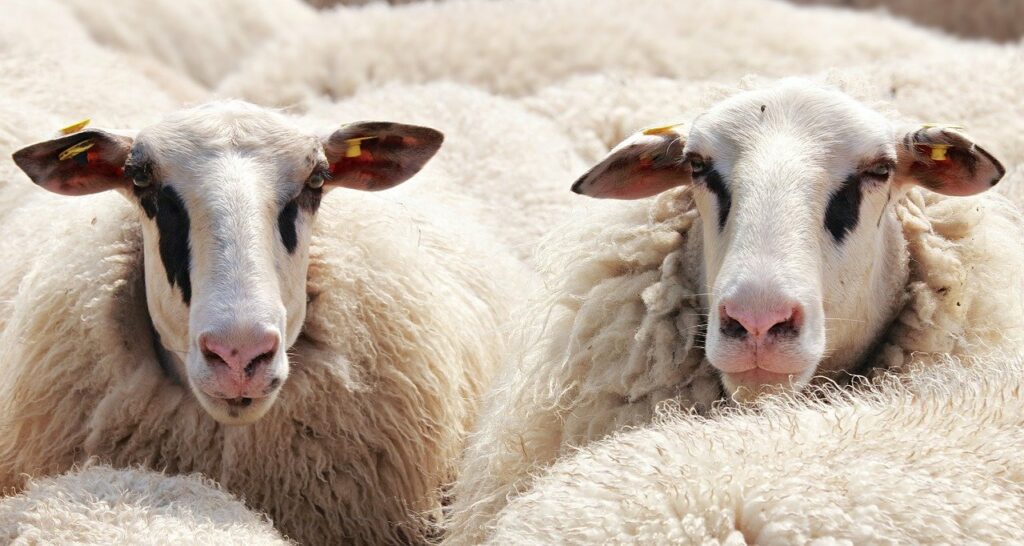By Anastasia Katsoupa,
My friend recently told me about a dinner she had with a Greek friend of hers in Albania. The Greek friend had flown from Athens to Tirana in time for dinner. Right before the meal began, she went to her suitcase and pulled out a package of feta cheese. She added it to the already filled table, where it sat beside a combination of food that was altogether unsuited to feta. In a mixture of awe and worry, my friend explained that the Greek girl proceeded to eat the entire plate of feta, all on her own. This story was familiar to me, having spent many meals with Greeks that consumed inordinate amounts of feta. Even those who have not had this experience can probably identify the national importance of the cheese: ask anyone what they know about Greek food and they will most definitely mention feta. It is a staple in most Greek households, but more importantly, it’s part of the cultural and historical heritage of Greece.
One of the earliest references to a cheese resembling feta was made in Homer’s Odyssey, in descriptions of Kyklops Polyphemus’ cave:
“We climbed, then, briskly to the cave. But Kyklops
had gone afield, to pasture his fat sheep,
so we looked round at everything inside:
A drying rack that sagged with cheeses, pens
crowded with lambs and kids, each in its class:
firstlings apart from middlings, and the ‘dewdrops,’
or newborn lambkins, penned apart from both.
And vessels full of whey were brimming there-
bowls of earthenware and pails for milking.”
The cheese described in this passage was likely an early ancestor to modern day feta and halloumi cheeses. Similar to this description, mentions of other white cheeses resembling feta popped up in various time periods, but it was not until the 17th century that the word “feta” was first used. The word itself translates to “slice” and it likely has to do with the presentation of the cheese when served, as well as the way it is packaged within containers in large slices.
In modern times, the classification of feta has become a larger issue that plays into the geopolitics of the region. Feta is considered a pickled cheese, meaning that it is preserved in a brine. But there are different variations of feta: those with cow’s milk, sheep’s milk, or a combination of goat and sheep milk. These variations in production became of particular interest to the Greek state in the 1930s, when they moved to preserve the traditional techniques used in the production of feta by introducing rules for its production.
By the late 1980s, the government had further widened these rules to protect specific geographical locations of production. Finally, in 2005, Europe granted Greece Protected Designation of Origin (PDO) rights to Greek feta cheese. PDO status is meant to act as a means of safeguarding the quality and “intellectual property of rural communities that have over time created these identity products (Anthopoulou & Goussios, 121)”. The PDO recognized the specific nature of Greek feta cheese and its traditional production, as opposed to analogous cheeses in other nations.
This was not achieved without some contention. During the initial approval period of feta as a Greek branded product, there was an outbreak of “feta wars” from competing countries. Denmark, Germany and France argued that feta was a “generic term”, that was not distinct to Greece. Yet, while cow milk feta is produced outside of Greece, it is only within Greece that sheep’s milk feta is produced in bulk. This is a significant distinction because of the large sheep population in rural and mountainous Greece, which make the production of feta an integral part of the survival of these regions. In fact, 80% of goat and sheep’s milk production within Greece is directed towards feta cheese production, only further illustrating the importance of the feta industry to these communities.
Today, feta is one of the most loved cheeses in Greece, accounting for an annual production of around 120 thousand tonnes, of which only 40 thousand tonnes of feta are exported. So it’s safe to say that Greek consumption of feta remains extremely high. And for those of us Greeks in the diaspora, feta has become a way of connecting to the food culture of our country. It is a reminder of warm summer evenings spent in Greece surrounded by family and of the richness with which Greeks indulge in every aspect of life.
References
Anthopoulou, T., & Goussios, D. (2019). Re-embedding Greek Fea in localities. Cooperation of small dairies as a territorial development strategy. In A. Kalfagianni & S. Skordili (Eds.), Localizing Global Food: Short Food Supply Chains as Responses to Agri-Food System Challenges (121-137). Routledge: London and New York.
Cornall, J. (2020, January 3). Everything you wanted to know about Feta. Retrieved from https://www.dairyreporter.com/Article/2020/01/03/Everything-you-wanted-to-know-about-Feta
Dilouambaka, E. (2016, November 11). A Brief History of Feta Cheese. Retrieved from https://theculturetrip.com/europe/greece/articles/a-brief-history-of-feta-cheese/
Greek Gastronomy Guide. (2017, June 13). Feta. Retrieved from https://www.greekgastronomyguide.gr/en/greek-feta-cheese-product/#:~:text=The%20annual%20production%20of%20Greek,revenues%20of%20more%20200%2C000%2C000%20Euros.
Homer (1998). The Odyssey. (R. Fitzgerald, Trans.) Farrar, Straus and Giroux.
Robinson, R.K., & Tamime, A.Y. (Eds.). (1996). Feta and Related Cheeses. Woodhead Publishing Ltd.
WIPO. (2016, February 25). Defining a Name’s Origin: The Case of Feta. Retreived from https://www.wipo.int/ipadvantage/en/details.jsp?id=5578






